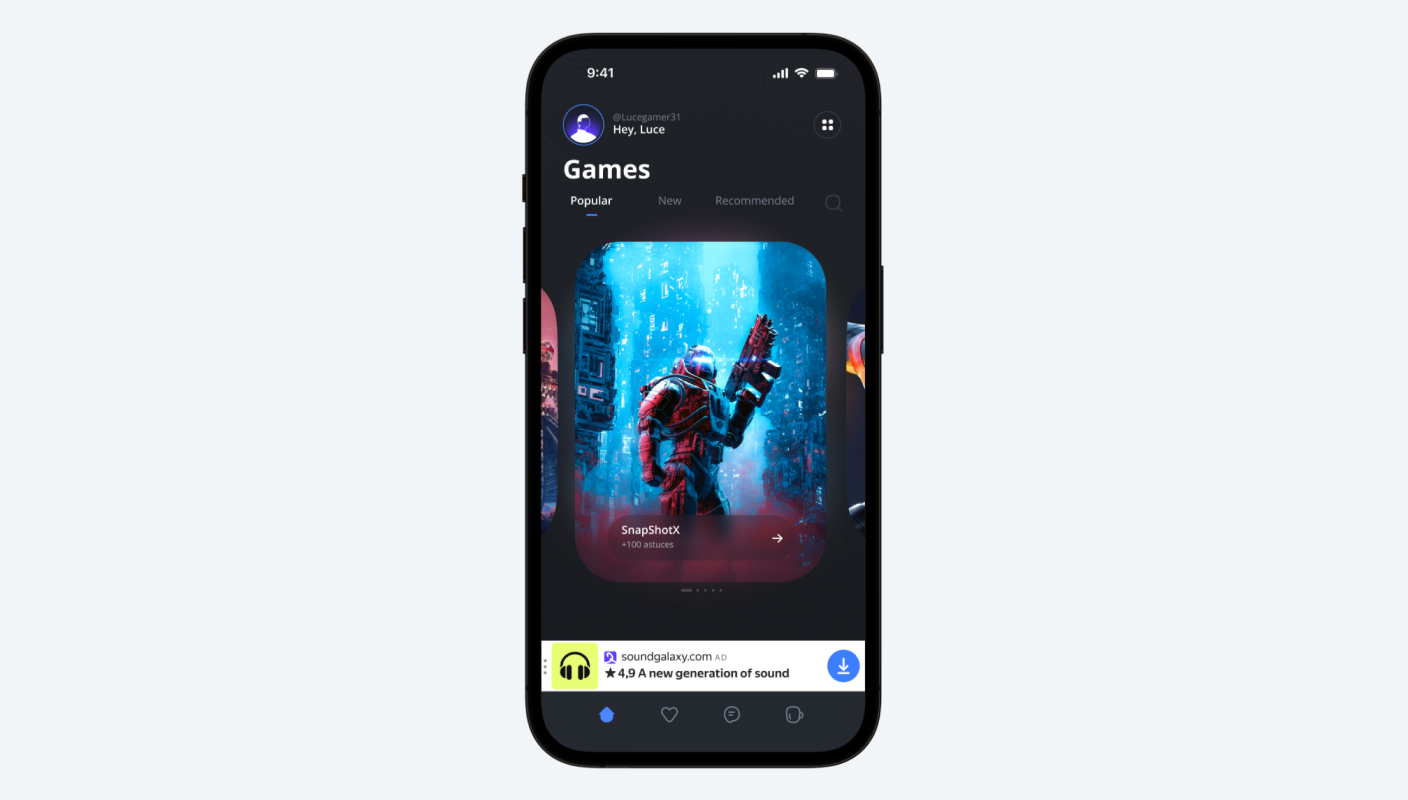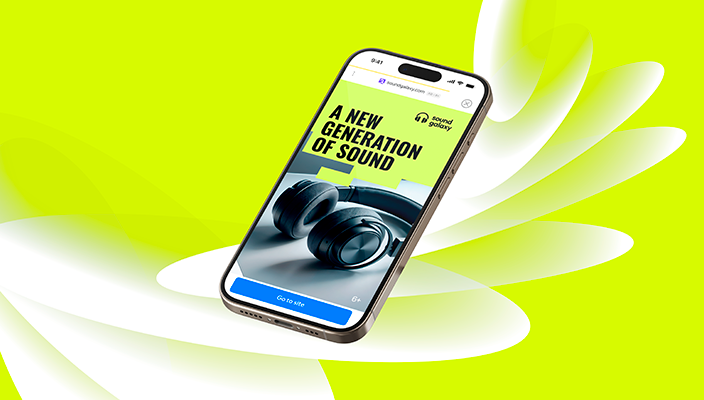O2O Marketing: How to Track Offline Sales From Online Ads
.jpg?width=640&height=640&name=Daria%20Gordeeva%20(2).jpg)
So you advertise online, but make sales in your physical store. You've probably wondered: "Which of my online ads actually bring customers to my business?". When you can't track the full customer journey, it's impossible to know which ads are worth your money.
Online-to-Offline (O2O) marketing solves this problem by linking your digital ads to real-world sales. Whether someone visits your store, calls to place an order, or books an appointment after seeing your ad, O2O tracking shows you exactly which ads are working.
What is O2O marketing?
Online-to-Offline (O2O) marketing is a strategy that connects your digital advertising efforts with real-world sales. It's the bridge between what customers do online (viewing ads, visiting websites) and offline (visiting stores, making phone calls, completing purchases in person).

For retail stores, restaurants, service businesses, car dealerships, healthcare providers, and any business with physical locations or phone sales, O2O marketing provides crucial insights. If customers research your products online but prefer to see, touch, or try items before buying — or if they book services through phone calls after finding you online — O2O tracking reveals which digital marketing actually drives these valuable real-world actions.
Why measure offline conversions?
Knowing which online ads lead to real sales helps you spend your marketing money wisely. Many businesses make most of their money through:
- In-store purchases
- Foot traffic to physical locations
- Phone inquiries or call bookings
- Test drives, consultations, or other offline experiences
When you track these offline activities along with your online metrics, you see the complete picture of how customers find and buy from you. This shows you which ads actually bring in revenue, not just clicks.
This knowledge transforms how you market your business in practical ways:
You'll discover which specific ad campaigns truly work. For example, you might find that Google ads for certain products lead to phone orders, while social media promotions drive more in-store traffic. A restaurant might learn that local search ads bring in more high-value dinner reservations than general awareness campaigns.
You can redirect your budget to what actually sells. Instead of spending thousands on ads that generate lots of clicks but few sales, you could invest in campaigns that bring real customers through your door. A clothing retailer might discover that their Instagram ads drive twice as many in-store purchases as their email campaigns, despite getting fewer clicks.
You'll build smarter customer profiles. When you know which customers actually buy versus just browse, you can target more precise audiences. A car dealership might discover that people who click specific features on their website are more likely to schedule test drives, allowing them to target similar customers in future campaigns.
Discover where digital advertising is headed next
Why is it difficult to measure O2O?
Connecting online ads to offline sales isn't easy for several reasons. First, it requires bringing together data from different places — your website, your store's sales system, and your customer database. This can be complicated and sometimes expensive to set up.
Another challenge is that customers often interact with your business multiple times before buying. Someone might see your ad on Monday, visit your website on Tuesday, and then come to your store on Friday. Figuring out which of these touchpoints deserves credit for the sale isn't straightforward.
Technical issues also make tracking harder. You need specialized tools like CRMs, call tracking systems, and APIs to capture in-store purchases or phone calls, and connect them back to online ads. Plus, privacy rules limit how you can collect and use customer information, adding another layer of complexity.

Common use cases and benefits of O2O
One common way to use O2O is tracking how many people visit stores. Stores can see how well their online ads work at bringing in customers by using promo codes or geofencing technology. In the same way, service businesses can track phone calls that come from their online ads, and connect these calls to actual bookings or sales.
For car dealers and healthcare providers, special online forms or codes can link test drives or doctor visits back to digital campaigns. This shows them how customers make choices.
Another key use is connecting in-store payments to website visits. E-commerce platforms often let customers pay for things at physical stores. By connecting these payments to website visits, businesses can see how customers shop and make their marketing better.
How can you simplify O2O tracking?
With tools like Yango Ads Campaigns, tracking offline conversions becomes more streamlined and effective. Here’s how:
- Link online and offline actions. Use these identifiers to link what customers do online with what they do in person:
— ClientID or UserID
— Phone numbers or email addresses (hashed for privacy)
— Promo codes or other unique identifiers - Transmit offline data. You can upload offline conversion data directly to the Yango Ads Campaigns system through CSV file uploads. This ensures that offline actions, such as in-store purchases or call bookings, are accurately linked to online campaigns.
- Use call tracking. Set up call tracking to see which online ads lead to phone inquiries.
- Choose what to measure. Pick specific offline actions to track, like:
— When customers pay
— When they place orders
— Other actions that matter to your business - Attribute conversions: Yango Ads Campaigns looks at a 21-day period to correctly match offline actions with the online ads that led to them.
Best practices for effective O2O tracking
Incorporate O2O early
Build O2O tracking into your campaigns from the start so you can collect data easily.
Use unique identifiers
Use tools like promo codes, special website links, or QR codes to connect online and offline customer actions. Put these codes where customers can easily see them — in online ads, emails, and printed materials. When customers use these codes in stores, you get useful data about what worked. Train your staff to collect and use these codes correctly to get accurate tracking results.
Regularly optimize campaigns
Look at your offline sales data regularly and adjust your marketing to work better.
Leverage O2O features of various platforms
Take advantage of features in platforms like Yango Ads Campaigns that help connect online and offline data. These tools can track customer actions and connect what’s happening online with what happens in stores.
Stay compliant
Make sure your data collection follows local privacy laws to keep customer trust and avoid legal problems.
Before you go
Setting up offline tracking may seem tricky at first, but tools like Yango Ads Campaigns make it easier with built-in O2O features. Take small steps: look at where you're missing data about your sales, and try using special codes or phone tracking. Remember, connecting online and offline isn't just about measuring results; it helps you find new ways to make your business bigger.



